Almost as soon as it began, hookup culture began dying a slow and painful death. Globally, sex rates are declining, which could be connected to bad sex, a lack of communication in sexual relationships, and inadequate sex education. Hookup culture centred the male orgasm, ignoring the importance of genuine human connection, and conflating sex with penetration and porn. Perhaps as a backlash to the over-sexualisation prevalent in the ‘hoe is life’ era, the rise of Femcels has become a new advocation for emotional and sexual empowerment.
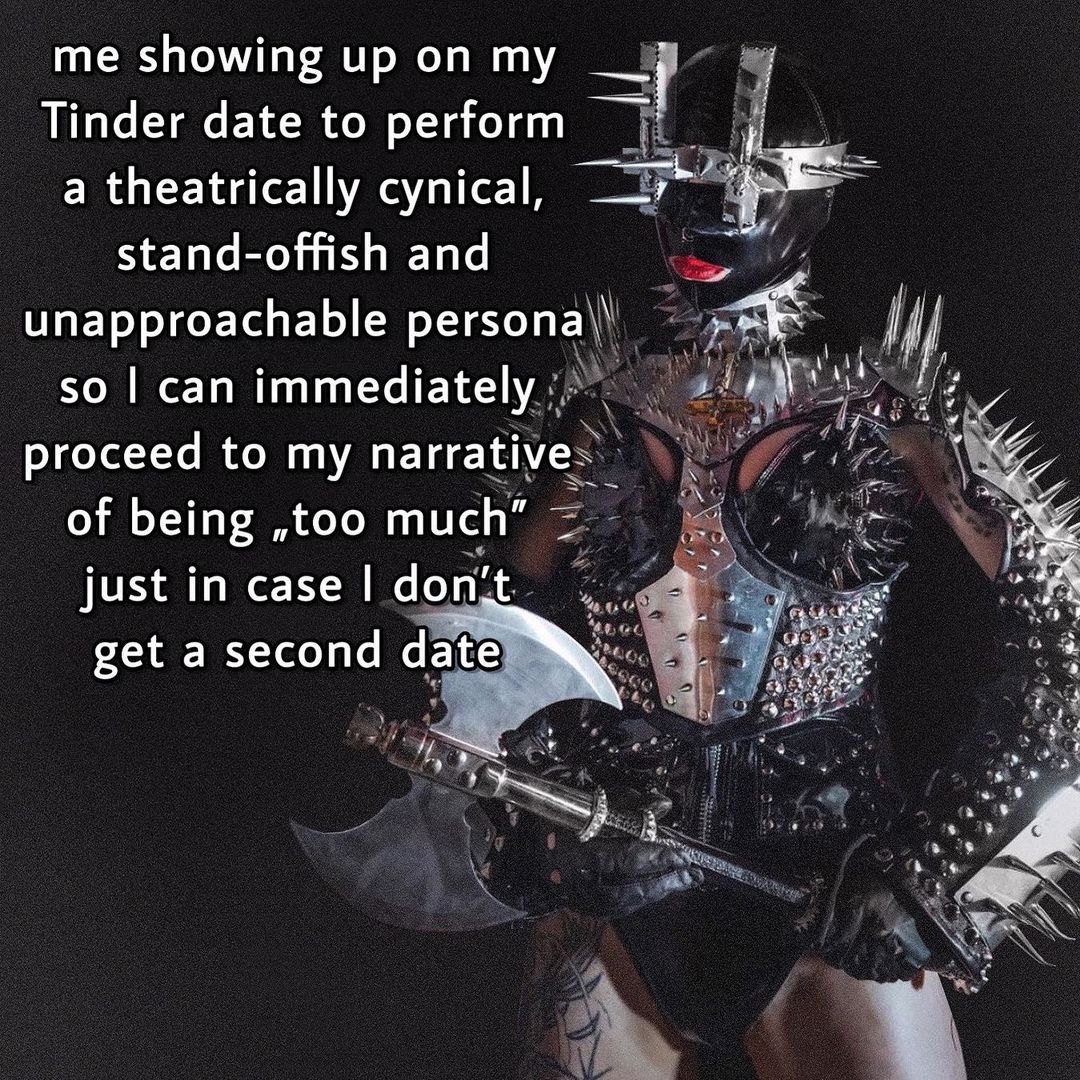
Femcels are an Internet subculture that gained prominence in 2022, defined by the Urban Dictionary as women who harbour resentment towards society for their struggles in finding sexual or romantic partners. The term “Femcel” was originally a counterpart to the “Incel,” evolving further as Incels became more exclusionary and misogynistic.
Femcels moved beyond involuntary celibacy, frustration with beauty standards and the limiting problematics of the inceldom discourse. Unlike Incels, Femcels were able to reject societal expectations without solely blaming or expressing anger towards men for personal and interpersonal woes. Instead, they began to engage in vulnerable introspection, cultural criticism, and alternative self-expression.
In the late 2010s, Femmes struggling with toxic beauty standards and gender dynamics sought solace in online communities that provided space to connect without shame, validating their experiences. Early Femcels proliferated in online platforms like Reddit, addressing issues like self-esteem, bad sex and abuse. But the openness and solidarity within these spaces tended to reinforce negative thoughts, self-destructive patterns and unhealthy attitudes towards men. The subreddit TrueFemcell (2018-2021) was eventually banned due to hate speech.

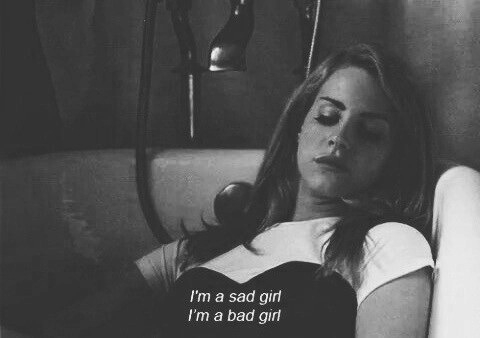
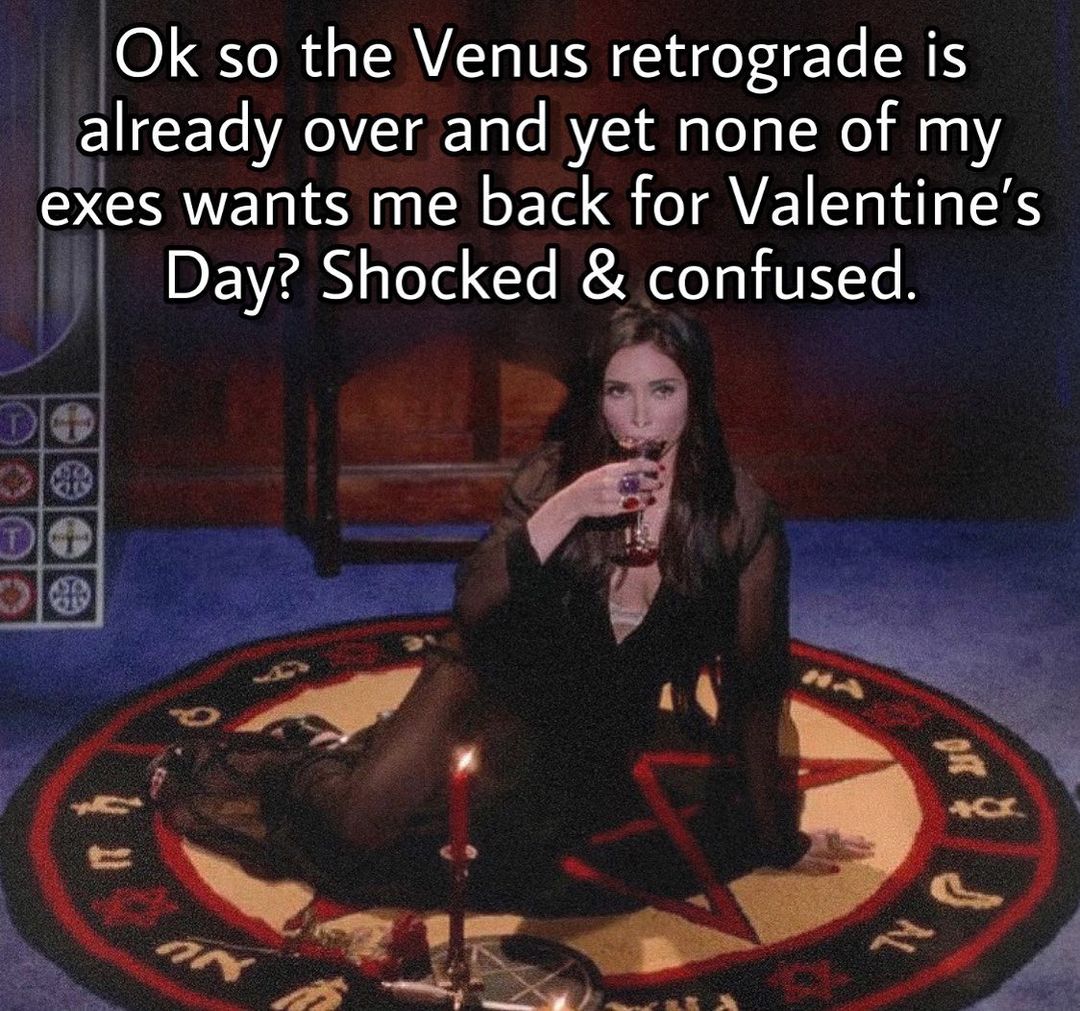
Over time, the movement developed its own aesthetic, ditching pretty girly tropes for typically darker, more subversive ones. Femcelcore, influenced by the Tumblr Sad Girl aesthetic was characterised by sadness, anger, loneliness, vindictive and manipulative behaviour, addiction, self-harm, violence, messy hair, runny mascara, cigarettes, fishnets and Doc Martens. The abrasive aesthetic was revived on platforms like Instagram and TikTok where deviant individuals began to openly commodify their problems and pain for public consumption.
Of course, Femcelcore’s use of social media to aestheticise life’s hardships has faced criticism. The subculture of womxn fetishising toxicity may have begun as a form of resistance, but critics challenge the balance between presenting reality and romanticising negativity. In addition, many Femcel communities centre whiteness, marginalising people of colour and those from working-class backgrounds. Racism, fatphobia, and transphobia persist and preemptive assumptions about Black womxn’s rage are often overlooked.
Nonetheless, the movement is gradually beginning to integrate all kinds of Femme transgressions that offer catharsis for Femcels who seek to challenge conventional femininity. Today, the Femcel subculture idolises women like Sylvia Plath, whose harsh language and violent imagery expressed rage against modern oppression. The movement identifies with historical figures like Medusa, Ophelia and Marilyn Monroe. Pop icons like Fiona Apple, Lana Del Rey, and Amy Winehouse and media like Swarm, Pearl, The Love Witch, Gone Girl and Jennifer’s Body reflect mainstream appeal.
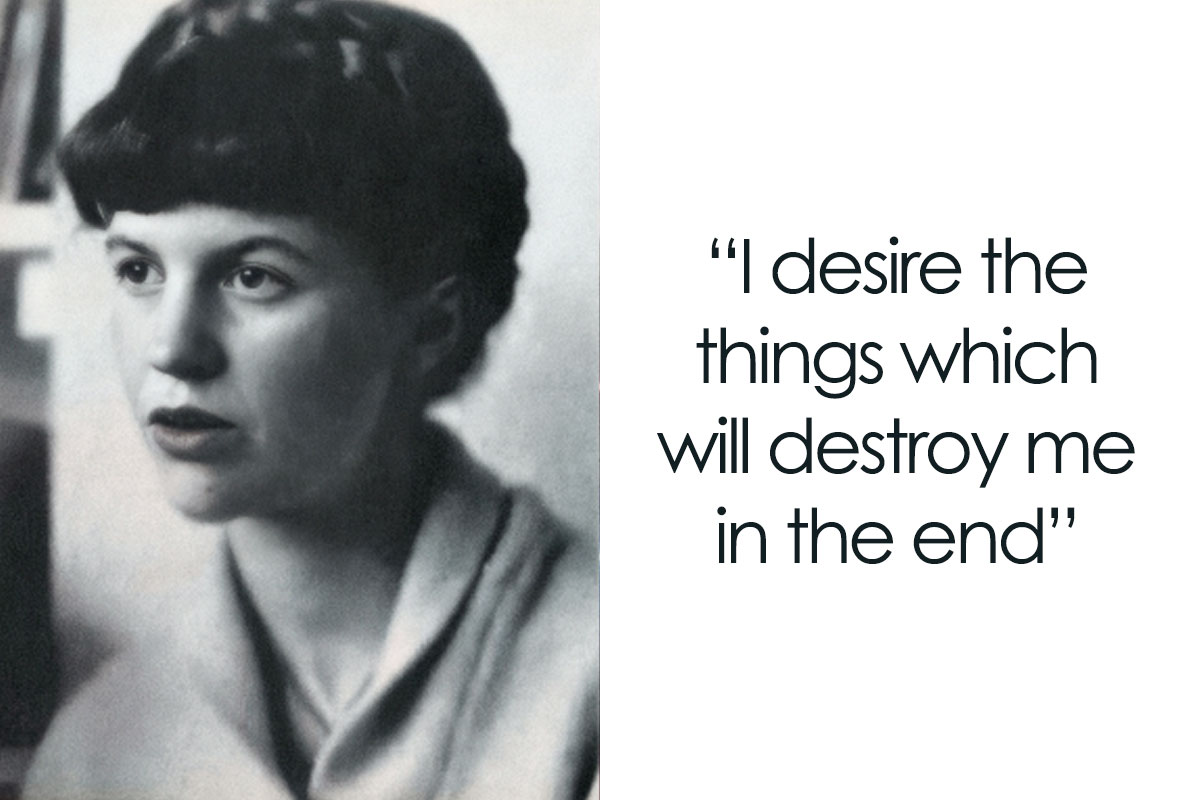
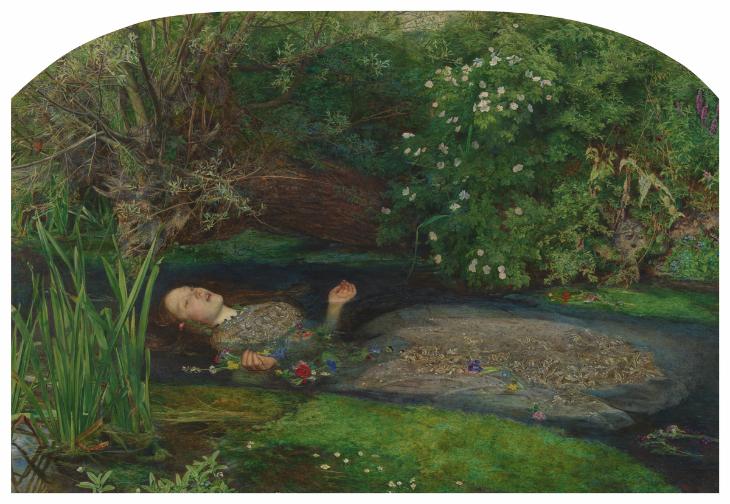
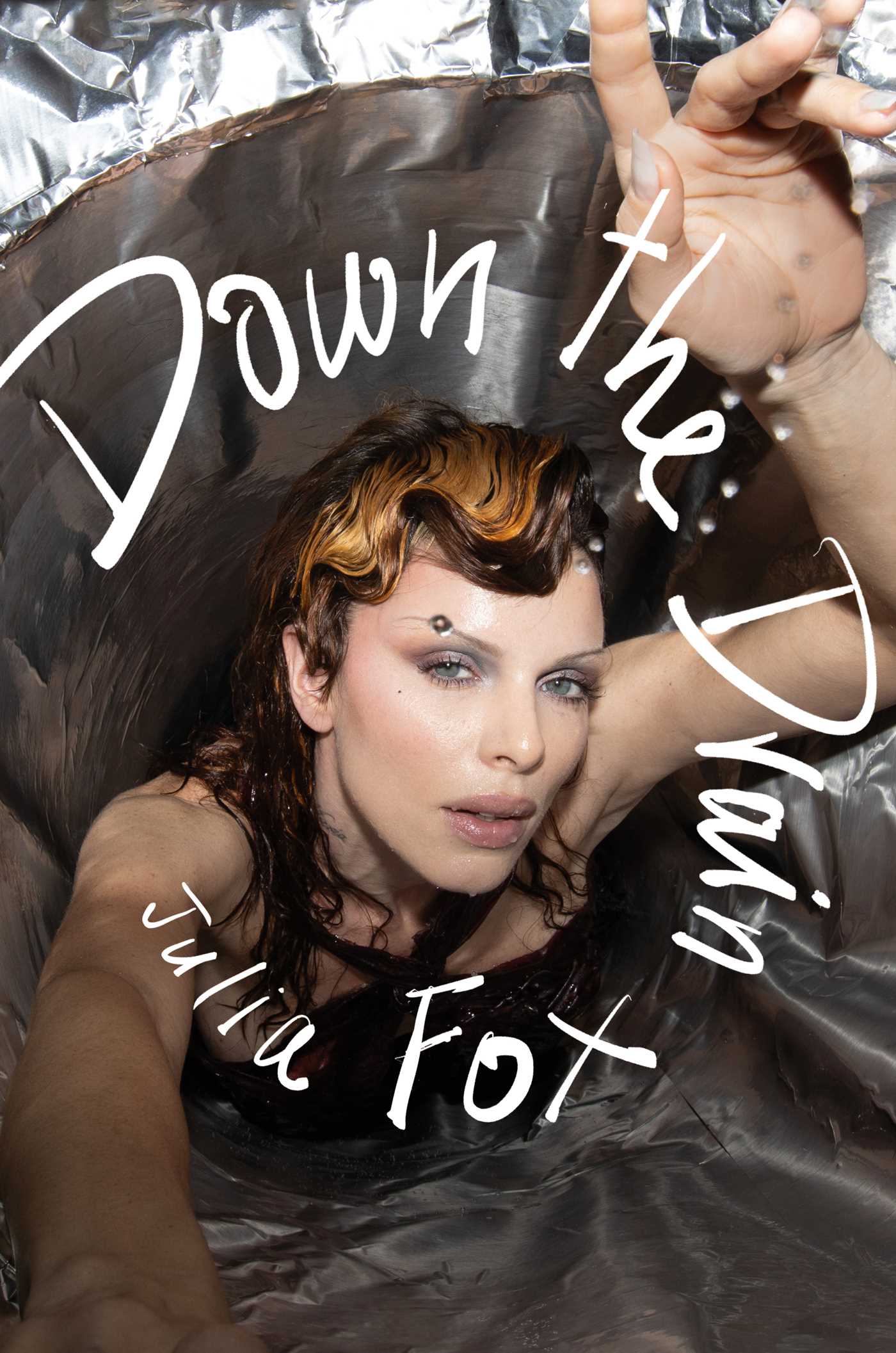
One of my (surprisingly) favourite recent reads, Julia Fox‘s Down the Drain (2023) is a Femcel gem, written with stunning poetic vulnerability and authentically entertaining vitriol. The memoir details Fox’s tumultuous life, from a tough childhood to her time as a dominatrix, struggles with addiction, and rise to cultural icon status. Popular for its exposé of her relationship with Kanye West (enabled by her refusal to sign an NDA), Fox defiantly downplays the dalliance in true Femcel fashion. In a TikTok video, she reiterated that she was never really into Ye and dated him briefly only to protect his ex, Kim Kardashian.
Megan Thee Stallion uses her music to unapologetically explore the traumatic aspects of her personal, political and professional life, making her an icon in the Femcel community. Her recent single, Cobra (2023), exhibits raw vulnerability through venomous lyricism and a harsh heavy metal sound. The track tracks her journey to independence from her record label, addressing alcoholism, depression, suicide, and toxic relationships. The accompanying music video symbolises her ability to turn negativity into a source of empowerment.
Since its emergence in 2022, Femcelcore has evolved into a more inclusive feminist movement that embraces bold and fluid expressions of human suffering from a Femme point of view. Though originally characterised by misandry, the future of Femcels will decenter men and the purposely repulsive subculture will completely subvert traditional gender roles and destroy societal norms. In a patriarchal, racialised and classist society, the evolving aesthetic has set the stage for necessarily revolutionary expressions of beguiling Femme catastrophe and rage.



















































